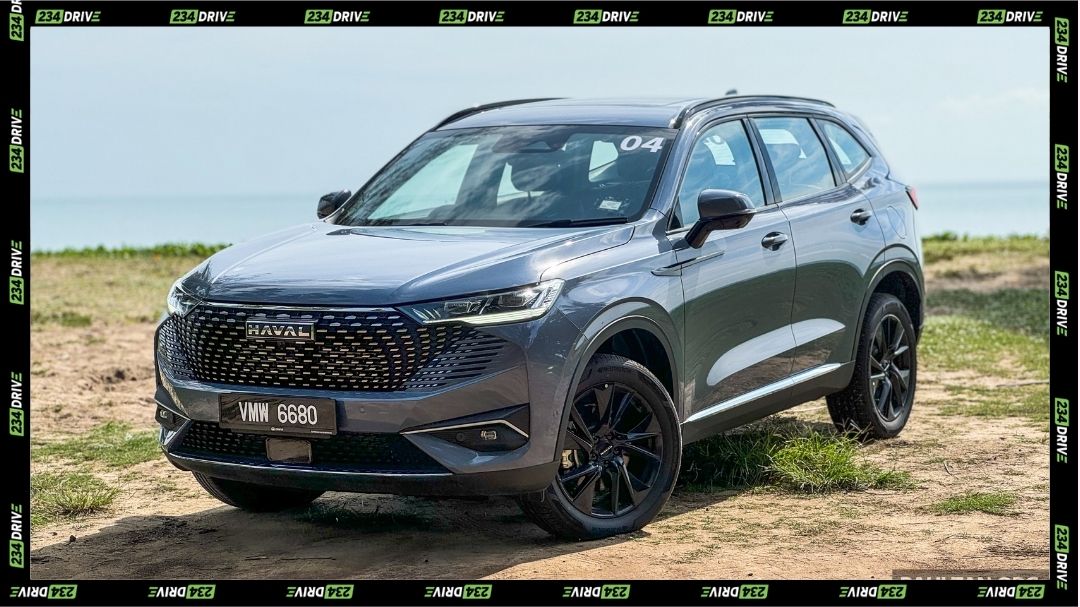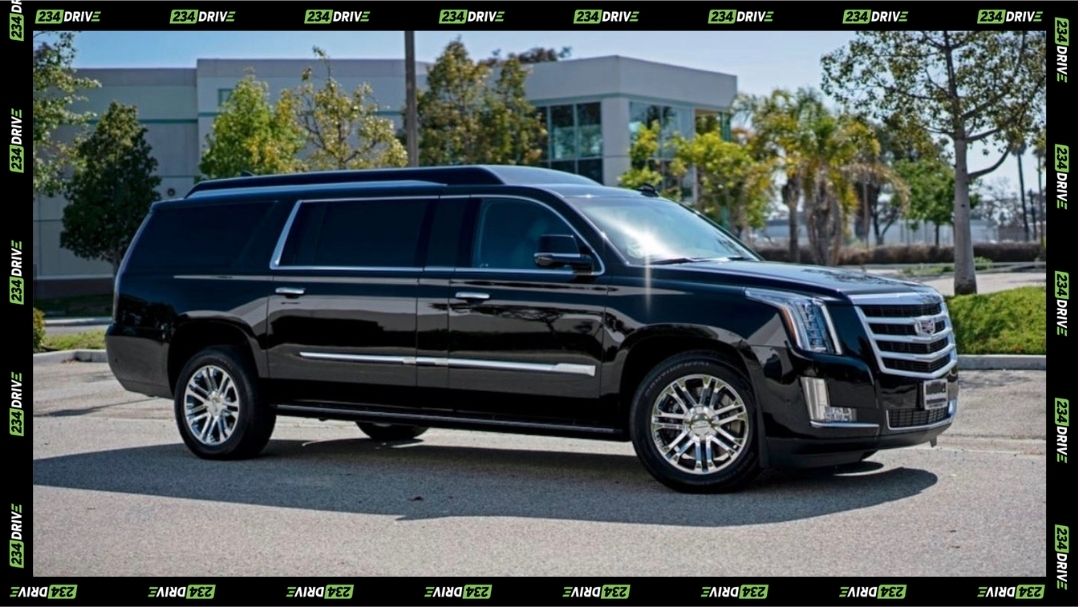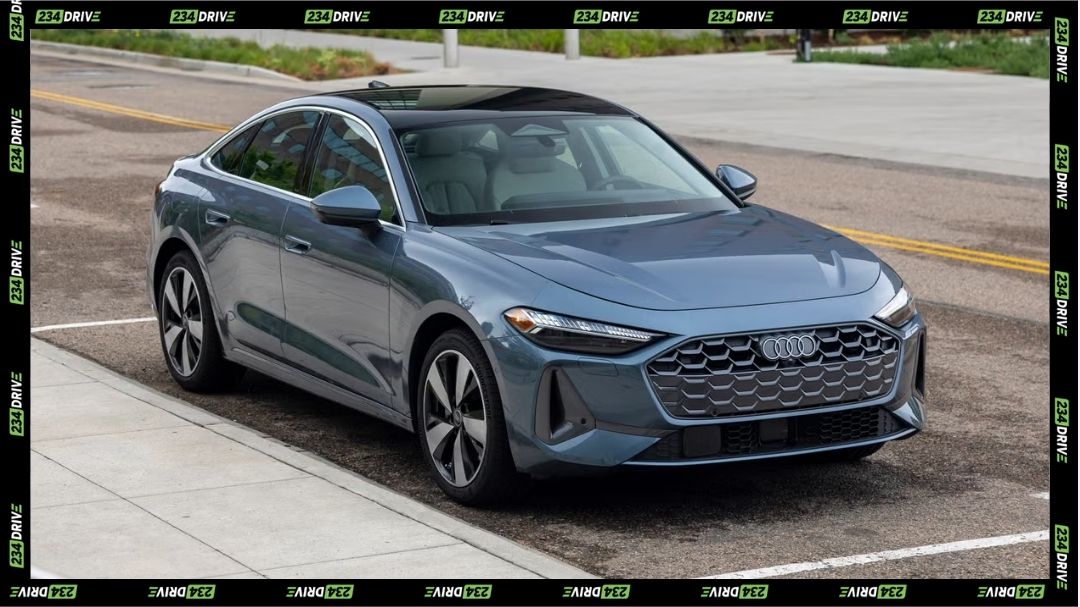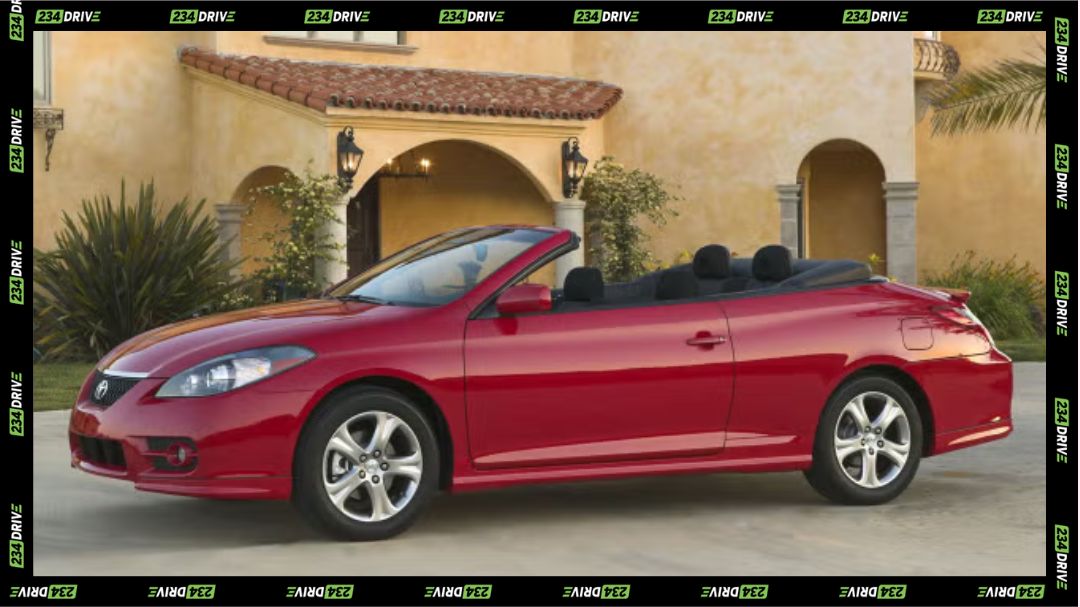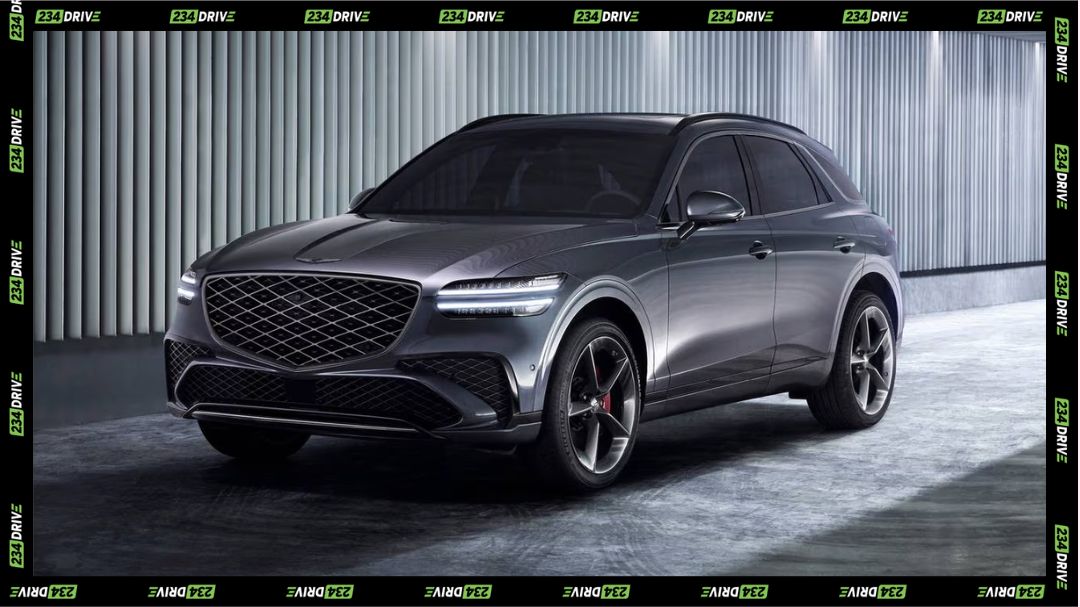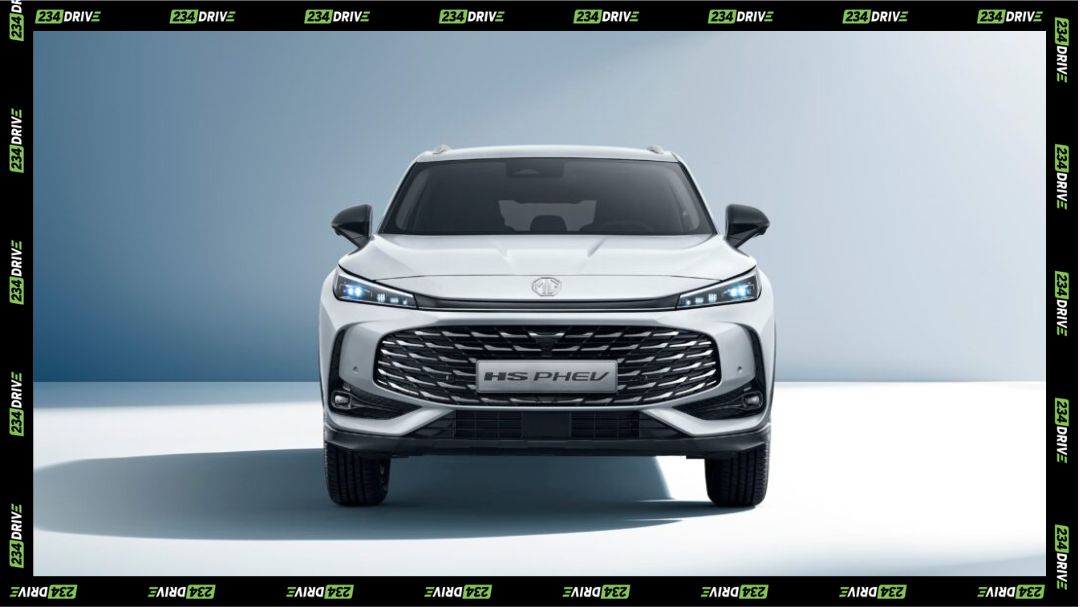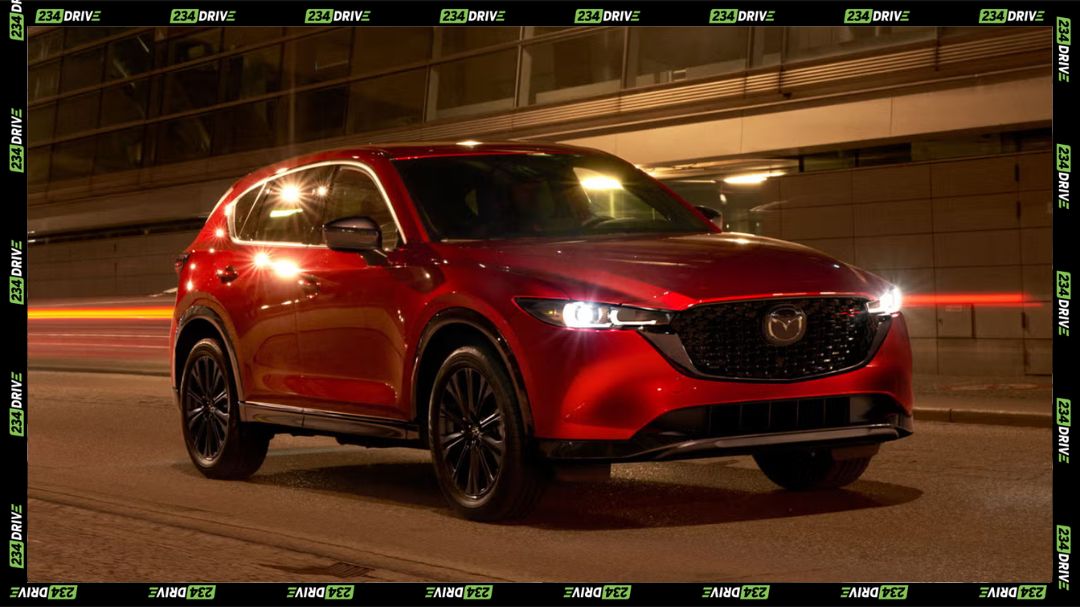The Ford Fiesta stands as one of the most recognisable names in the global automotive market, celebrated for its practicality, engaging performance, and long-standing heritage. From its debut in 1976 to its discontinuation in 2023, the Fiesta evolved across seven generations, leaving an indelible mark on millions of drivers worldwide. Ford’s decision to phase out the model was driven by market trends favoring SUVs and rising production costs, yet the Fiesta remains a benchmark in the small car segment. Known for its sharp handling and responsive steering, it continues to attract attention in the used car market for its affordability and reliability.
Across its life span, the Fiesta transitioned from being Ford’s smallest fuel-efficient car, born during the oil crisis of the 1970s, to a refined and technologically advanced supermini designed for urban and highway use alike. Over 22 million units were produced globally, underscoring its success. The final two generations, produced between 2008 and 2023, represent the pinnacle of Ford’s small car engineering — combining performance, comfort, and efficiency. This review delves into those last two models, exploring their exterior design, interior features, performance, and relevance in today’s market.
Sixth Generation Ford Fiesta (2008–2017)
Exterior Design and Road Presence
The sixth-generation Ford Fiesta marked the start of Ford’s “One Ford” global strategy, designed to unify its design and production worldwide. Its styling reflected a modern, sporty attitude, with bold lines and a signature trapezoidal front grille that became a hallmark of Ford’s lineup. Available as a 3- or 5-door hatchback, a 4-door sedan, and even a small van, the Fiesta delivered versatility that appealed to different markets. The vehicle measured approximately 3,950–4,067 mm in length and 1,709–1,722 mm in width, with a compact but well-proportioned silhouette ideal for both city driving and highway cruising.
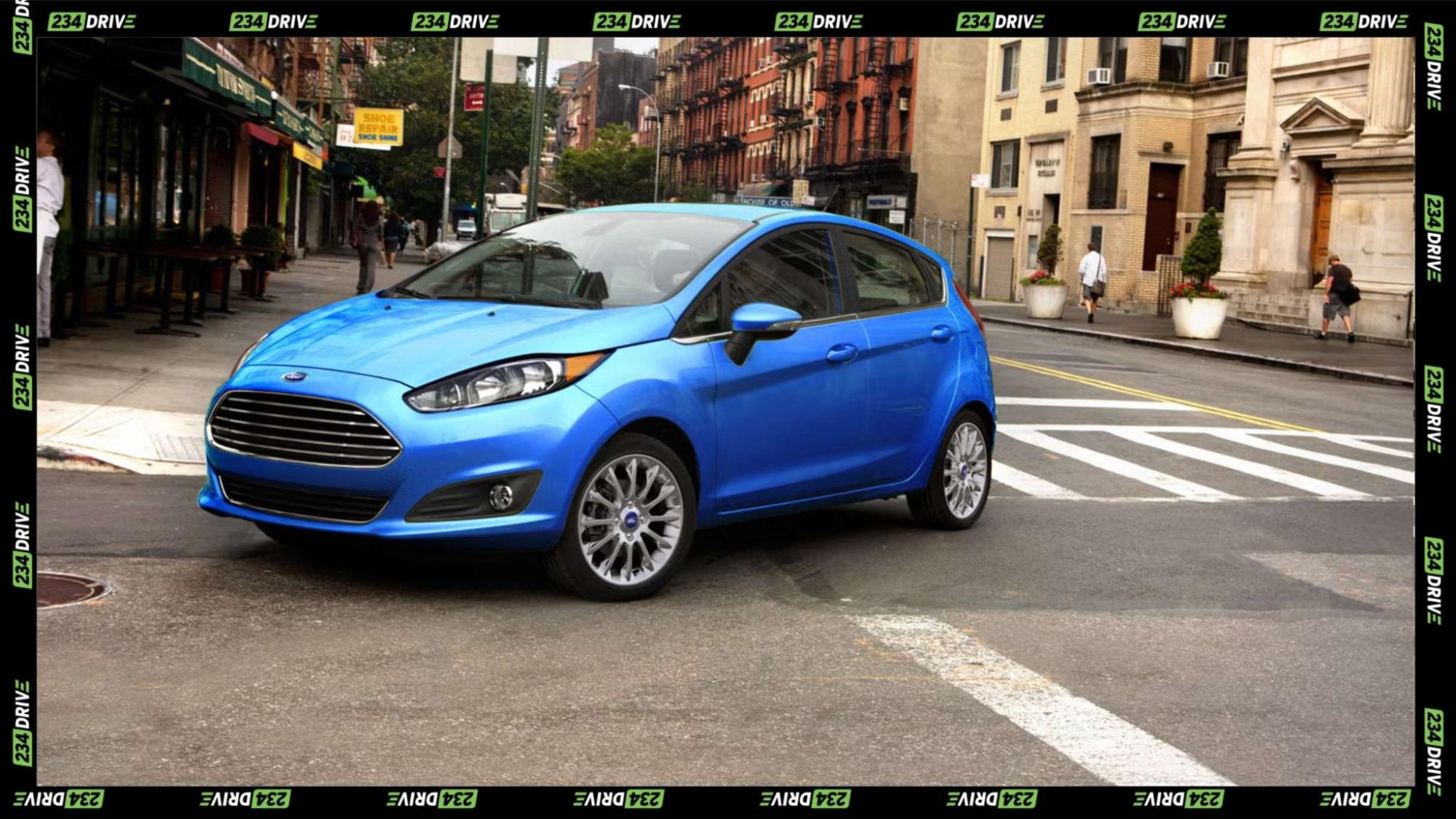
Facelifts introduced in 2012 and 2017 refreshed the Fiesta’s aesthetics with sleeker headlights, refined bumpers, and new alloy wheel designs. The sporty ST variant stood out for its more aggressive styling, lowered suspension, and dual exhaust setup, giving it a strong road presence uncommon in subcompact cars. Its combination of lightweight construction and athletic design language helped it attract a younger demographic looking for an affordable performance car.
Interior Comfort, Technology, and Performance
Inside, the sixth-generation Fiesta balanced simplicity with a youthful, tech-oriented design. The dashboard layout featured intuitive controls and optional features such as the SYNC infotainment system with voice commands, USB connectivity, and Bluetooth. Higher trims introduced a colour touchscreen interface, steering-mounted controls, and enhanced sound systems, which elevated the overall experience. Though interior plastics could feel budget in base trims, build quality was solid, and ergonomics were well thought out.
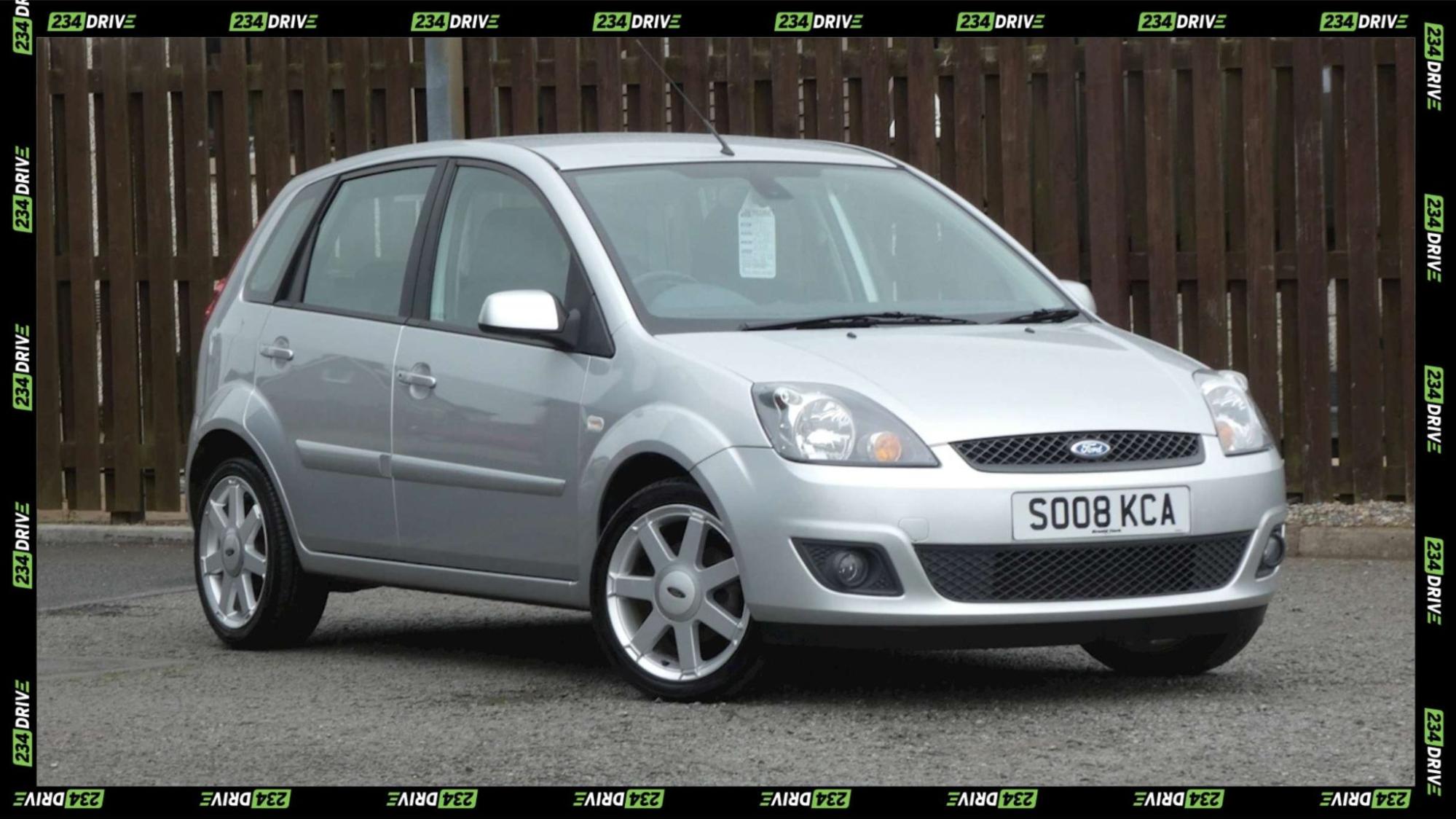
Performance was a standout trait for this generation. The 1.0L EcoBoost engine, capable of producing between 100–140 PS, delivered impressive efficiency, averaging around 50 mpg in real-world conditions. The sportier ST model came with a 1.6L EcoBoost producing 182–200 PS, capable of 0–100 km/h in under seven seconds, earning it the title of Top Gear’s 2013 Car of the Year. Diesel variants such as the 1.6L Duratorq were offered for long-distance drivers, while flex-fuel options served specific markets. Transmission options included a 5-speed manual and a 6-speed PowerShift automatic, though the latter faced reliability concerns due to shuddering and recall issues. Despite this, the Fiesta’s agile handling, precise steering, and comfortable suspension made it one of the most enjoyable cars in its segment.
Seventh Generation Ford Fiesta (2017–2023)
Exterior Design and Road Presence
The seventh-generation Fiesta refined its predecessor’s look, bringing a more mature and upscale aesthetic. With body styles limited to 3- and 5-door hatchbacks, this generation prioritised European markets and focused on design sophistication over variety. The car grew slightly in size — measuring 4,069 mm long and 1,735 mm wide — and featured sharper body lines, a wider grille, and redesigned LED headlights that gave it a premium stance.
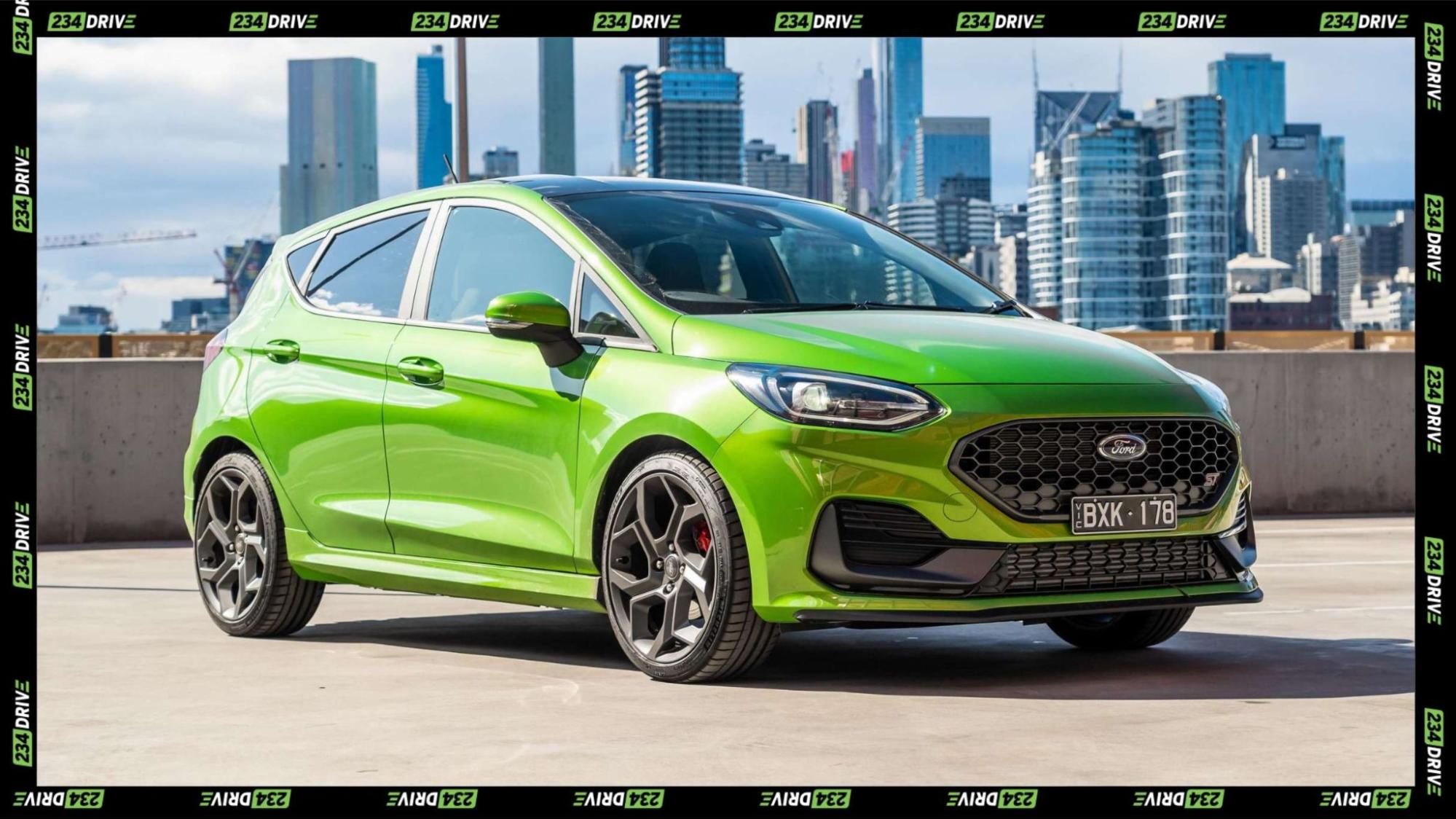
Ford introduced several distinct trims: the Active with crossover-inspired cladding and raised suspension, the Vignale for a luxury touch, and the ST for performance enthusiasts. Alloy wheel options, two-tone color choices, and matrix LED headlights elevated the car’s visual appeal, giving it the presence of a larger, more premium vehicle despite its compact size. This design evolution aligned with Ford’s strategy to push the Fiesta further upmarket as the small car segment began to contract.
Interior Comfort, Technology, and Performance
Stepping inside the seventh-generation Fiesta reveals a well-crafted cabin with higher-grade materials, softer touchpoints, and an intuitive 8.0-inch infotainment display featuring Apple CarPlay and Android Auto. The improved sound insulation, ambient lighting, and ergonomic layout enhanced comfort, while trims like the Vignale introduced leather upholstery and additional tech such as adaptive cruise control.
Under the hood, Ford focused primarily on petrol engines, with the 1.0L EcoBoost mild-hybrid setup becoming a highlight. Producing between 99–153 bhp depending on configuration, it offered better fuel economy and start-stop efficiency, averaging about 50.4 mpg. Earlier diesel variants provided up to 60.1 mpg but were phased out post-2020 due to emission standards. The ST retained its 1.5L turbocharged engine with thrilling responsiveness and superior handling. Ride quality remained smooth, with minimal body roll and exceptional cornering ability, reinforcing the Fiesta’s reputation as one of the most engaging small cars to drive.
Ford Fiesta’s Status in Today’s Market
Despite being discontinued in 2023, the Ford Fiesta continues to hold strong relevance, especially in regions where compact, fuel-efficient cars are prized. In countries like Nigeria and across Europe, the Fiesta’s blend of efficiency, affordability, and durability makes it an ideal choice for everyday commuting. Its compact size suits congested city environments, while its reliable engines and accessible spare parts ensure low maintenance costs. Moreover, the Fiesta’s elevated trims like the Active or Vignale appeal to drivers who seek both practicality and comfort without stretching into the SUV category.
The Fiesta’s handling characteristics make it adaptable to varying road conditions, from smooth highways to rougher urban roads. Its fuel economy is well-suited for regions with fluctuating petrol prices, while the ST variant’s power and stability cater to enthusiasts who value performance. Given Ford’s widespread service network and the availability of used parts, maintaining a Fiesta in most developing regions remains cost-effective and straightforward.
How It Compares Against Rivals
When compared to rivals such as the Volkswagen Polo, Vauxhall Corsa, and Toyota Yaris, the Fiesta strikes an appealing balance between cost and enjoyment. The Polo often feels more refined but comes at a higher purchase price, while the Corsa offers comparable performance but lacks the same engaging drive. The Toyota Yaris, on the other hand, surpasses the Fiesta in hybrid technology but is less dynamic on the road. In terms of resale value, the Fiesta holds up well thanks to its global reputation and widespread availability, especially for the 1.0L EcoBoost variants, which remain in high demand.
Maintenance and durability are additional strengths. While some automatic models faced transmission issues, most manual versions deliver years of dependable performance. Compared to its Japanese counterparts, the Fiesta’s parts are affordable, and repairs are straightforward. Its cost-to-performance ratio remains among the best in its segment, making it an attractive option for both first-time buyers and experienced drivers seeking a compact yet spirited car.
Conclusion
The Ford Fiesta’s legacy is built on a perfect blend of fun, efficiency, and practicality. Across its generations, it consistently delivered engaging handling, affordable ownership, and modern technology, securing its status as a global favorite. The sixth and seventh generations, in particular, showcase Ford’s dedication to refinement and driving pleasure, appealing to diverse audiences worldwide. Though production has ended, the Fiesta’s reputation as a reliable, enjoyable supermini endures.
For drivers today, a well-maintained used Fiesta remains one of the most rewarding choices in the compact car market — offering style, performance, and dependability in a package that continues to set benchmarks long after leaving the production line.


